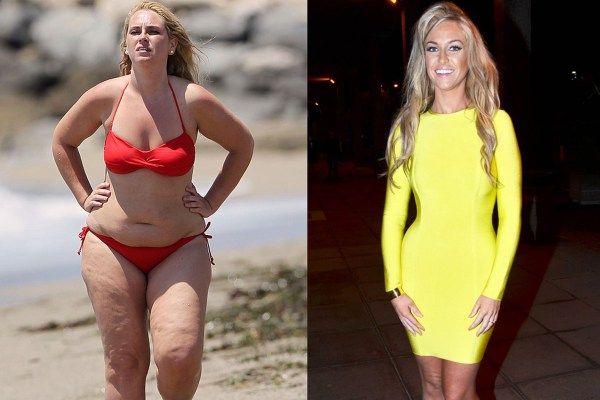Lose Weight > Common Sense To Lose Weight > Common Sense Article > Alternative Energy From The Ocean
Alternative Energy From The Ocean
Ocean thermal energy cannot add pollutants into the air because it burns in a very clean manner but it is a complicated process. Unintentionally, due to the disruptive effects that most of our current technologies give out to our environment and society, setting up OTEC plants can not avoid inflicting damages to any locality.
There are three kinds of OTEC:
- Closed Cycle OTEC uses a low-boiling point liquid such as, for example, propane to act as an intermediate fluid. The Ocean Thermal Energy Plant use water from the sea which is pumped into a chamber converting the gas to liquid. rotates large turbines. Once this process has been completed, the resultant liquid is converted back to it's gas state by using cold sea water to cool it.
The primary difference between the Closed Cycle and the Open Cycle Ocean Thermal Energy Conversion methods is that the Open Cycle doe not require the use of the intermediate liquid. All that is used with this system is the sea water itself. Warm surface water is converted into a low pressure vapor by in a vacuum.
When low-pressure vapor is released in a focused area, it will then have the control to drive the turbine. To cool down the vapor and create desalinated water for human consumption, the deeper ocean's cold waters are added to the vapor after it has generated sufficient electricity.
Since the Hybrid Cycle Ocean Thermal Energy Conversion is yet to be explored, it will remain to be just a theory and nothing more unless acted upon. Bringing about the notion that we could make maximum usage of the ocean waters' thermal energy is just the main purpose of the theory. Two sub-theories are actually contained in the theory of Hybrid Cycling. Of the theories involved, the first one discusses the use of a closed cycling which will then be the way to create the vacuum environment needed for open cycling to generate electricity. Following on from this is the second part which incorporates two open cycle plants that will produce twice the drinking water than one open cycle plant.
Apart from generating electricity on demand, a closed cycle production plant can also be employed in the treatment of chemicals. Moreover, refrigeration and air conditioning are other areas to which the used of Ocean Thermal Energy Conversion plants with both open cycling and close cycling kinds can be very beneficial by pumping up cold deep sea water. The water around the plants during the process can also be used to help promote fish farming projects as well. Utilizing this alternative energy source can surely lead us to derive a selection of products and services.
Related Articles
-
How Stress and Comfort Eating Causes Weight Gain
The strongest cravings for food usually happen when people are emot
-
Rank U.S. States For Clean Water
United States of America (Press Release) September 27, 2008 -- At thi
-
All That You Need To Understand About Healthy Weight-loss
The most successful, healthy weight loss plans will require you to eat
-
25 Life Lessons Ive Learned From Losing 125 Pounds
-
Boresha Fat Burning Coffee
Boresha Fat Burning Coffee Boresha not
-
Lose Weight Really Fast - Unleash That Real Challenge In You!
You need not have to spend a lot of your hard-earned money to lose wei
- DON'T MISS
- Desperate To Lose Weight Quickly
- The Secret To Losing Weight
- Do You Need to Lose Weight Quickly?
- Losing Weight in a Balanced Way
- Combination of house workout and losing weight Reductil diet pills pills for losing weight
- Using Hypnosis For Weight Loss - Everything You Need To Know
- Lose Weight Fast With Three Free Weight-Loss Remedies: Water, Air, And Prayer
- Diets To Reduce Stomach Fat
- Seeking Solid Advice About Fitness? Look Here!
- The Shocking Reason Why You Are Fat and What You Can do about it!




